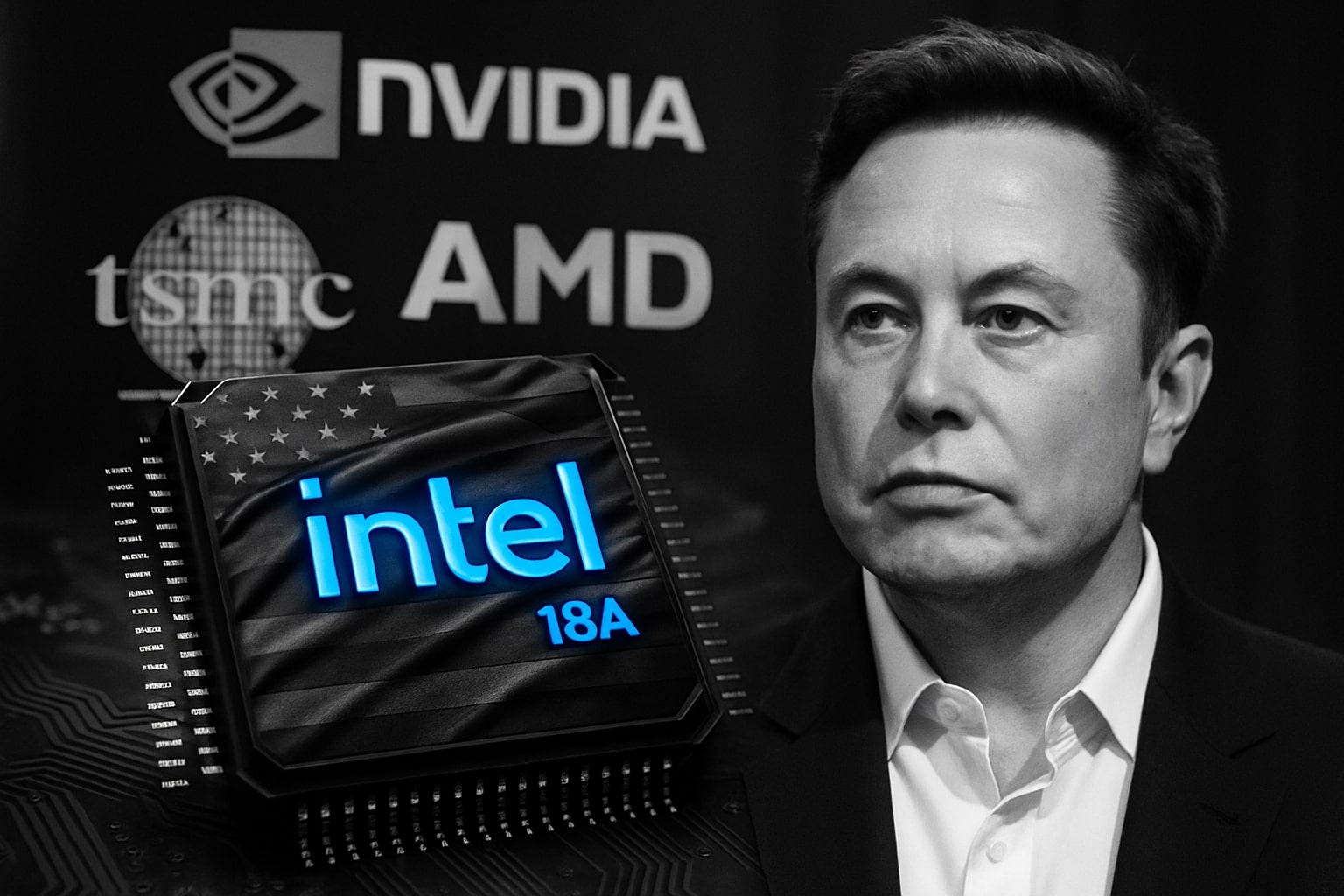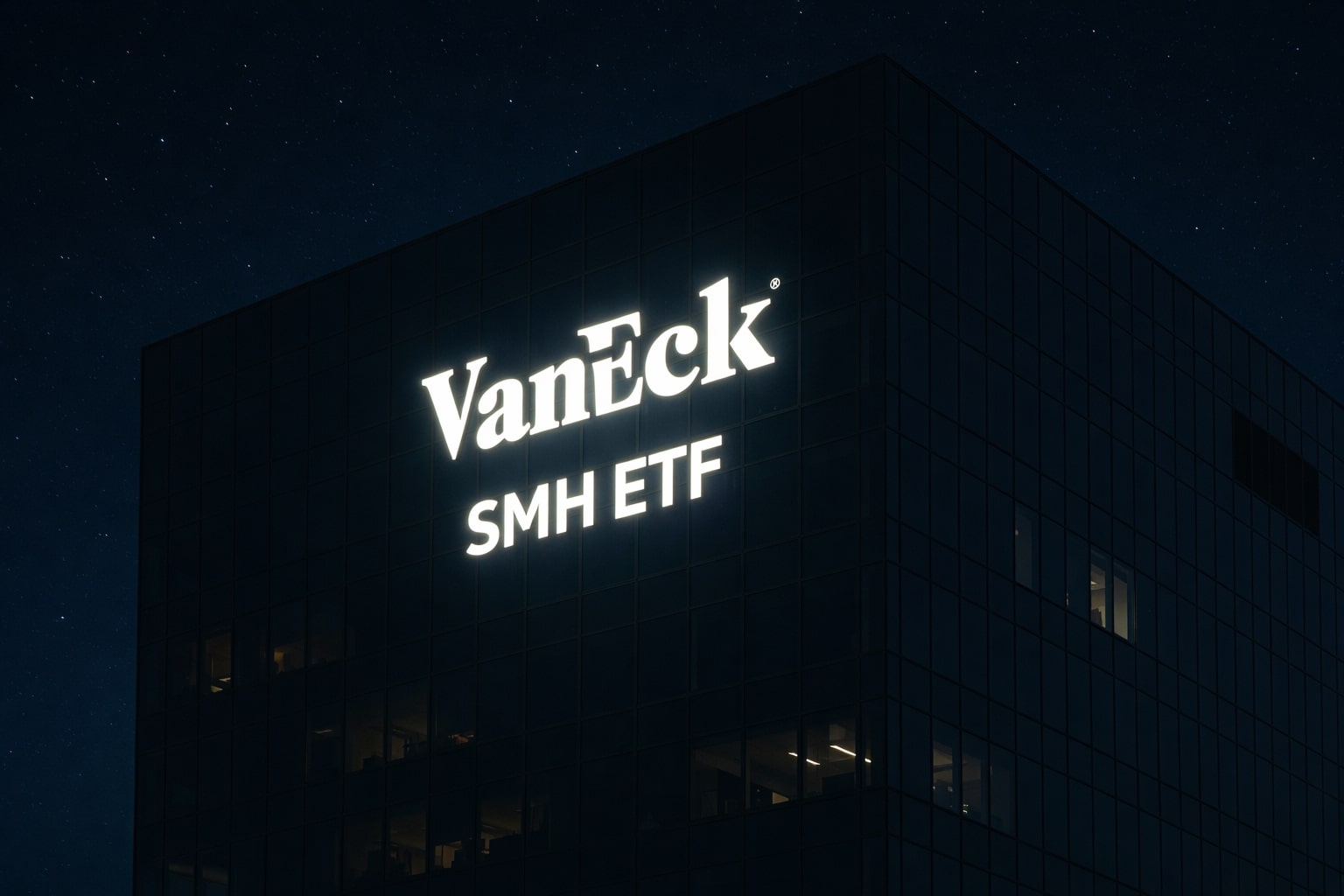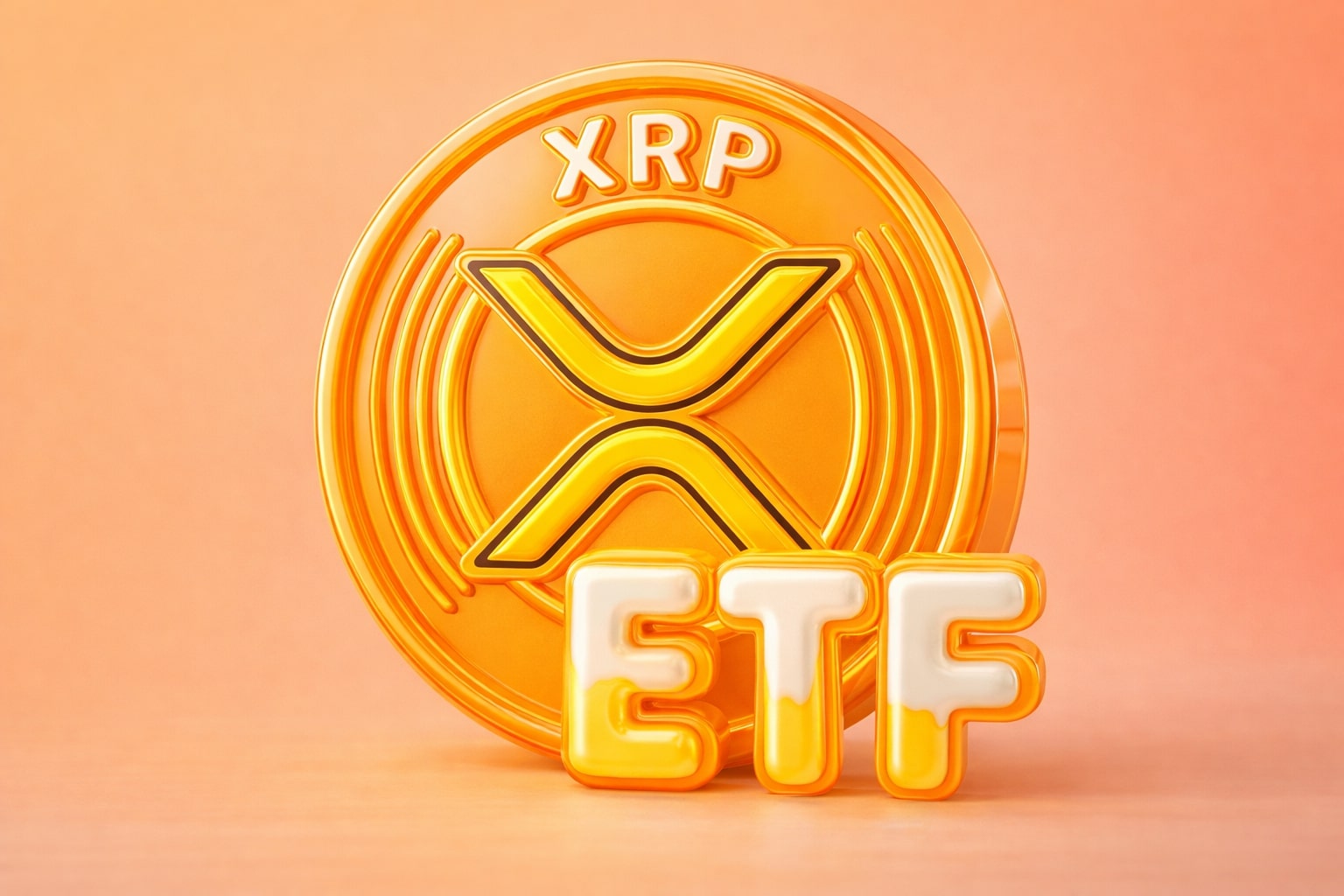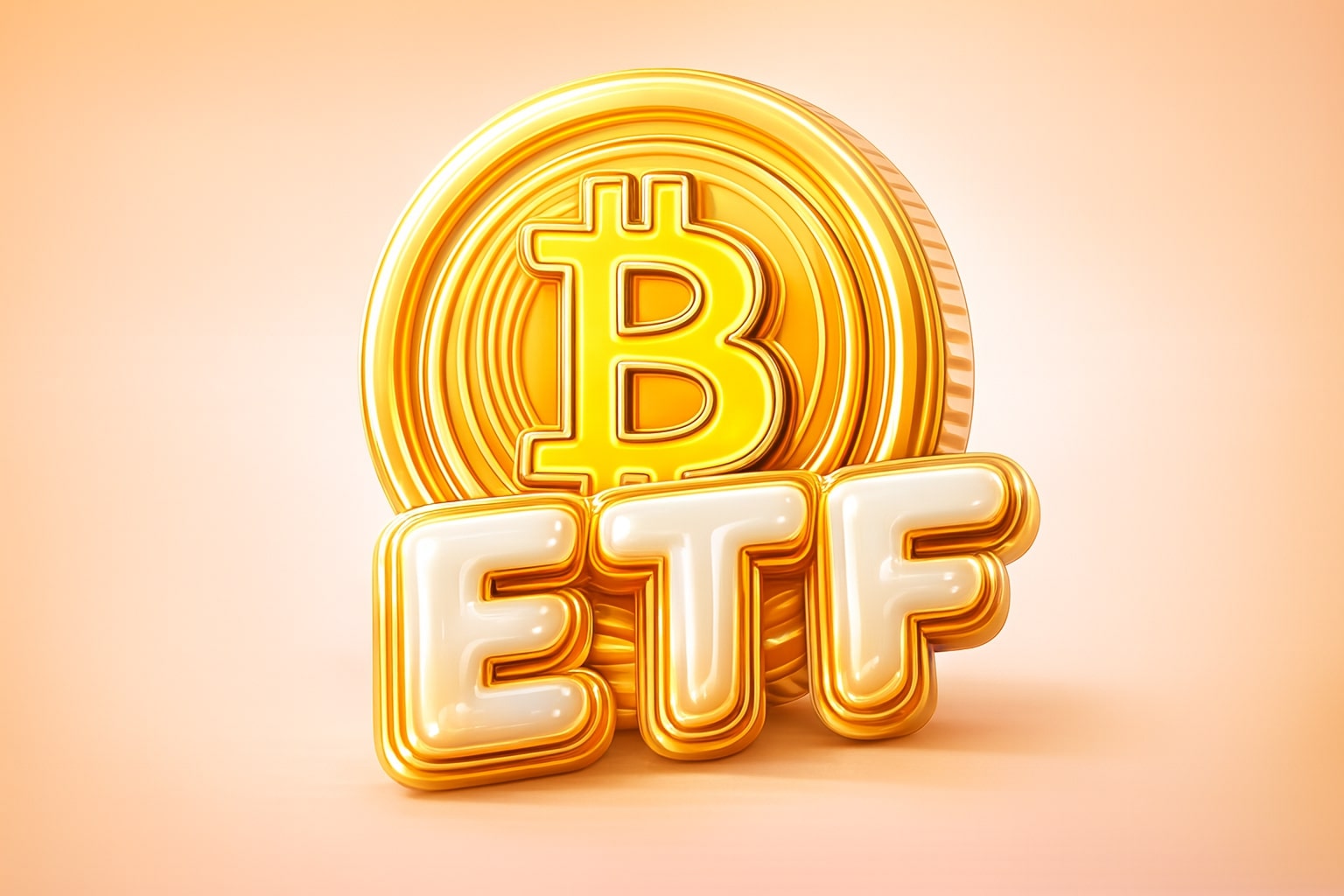
Intel Stock Price (NASDAQ:INTC) Soars as Tesla AI Chip Partnership Revives 2025 Momentum
INTC gains 2% to $37.23 after Musk’s AI6 plans; net profit margin hits 29.7% and Tesla collaboration could add $2B annual revenue as Intel’s foundry expansion accelerates | That's TradingNEWS
NASDAQ:INTC Surges as Tesla Partnership Buzz and AI Foundry Expansion Reshape Intel’s 2025 Comeback Narrative
Intel Corporation (NASDAQ:INTC) traded at $37.23, gaining nearly 2% intraday, after Tesla CEO Elon Musk revealed during the company’s shareholder meeting that Tesla may collaborate with Intel on advanced AI chip manufacturing. The comment reignited investor enthusiasm, positioning Intel at the heart of the AI semiconductor reshuffle. This development extends a year-long recovery where INTC has surged 88% year-to-date, outpacing both NVIDIA (NASDAQ:NVDA) and AMD (NASDAQ:AMD) in relative performance since Q2. The rally underscores CEO Pat Gelsinger’s push to rebuild Intel’s relevance through its Integrated Device Manufacturing 2.0 strategy, aligning with Musk’s need for large-scale AI hardware production to power Tesla’s AI6 autonomous driving platform.
AI Foundry Strategy and Tesla Opportunity Redefine Intel’s Roadmap
Intel’s manufacturing ambitions, once dismissed as lagging, now stand at a pivotal turning point. Tesla’s exploration of sourcing AI chips from Intel marks a potential breakthrough for Intel Foundry Services (IFS), which aims to reclaim process leadership from TSMC and Samsung. Musk noted that even with existing partners meeting “best-case” supply scenarios, Tesla’s capacity shortfall remains too large — hinting that Intel’s domestic U.S. manufacturing footprint could provide crucial redundancy.
If this collaboration materializes, it could funnel billions in incremental revenue toward IFS, a division projected to reach $10 billion annualized revenue by 2026, up from roughly $6 billion today. For context, each advanced AI wafer fab operates near $15–$20 billion in build cost, and Intel’s ability to subsidize expansion through CHIPS Act incentives strengthens its strategic positioning against Asian competitors. The company’s $30.94 billion cash reserve, up 28.4% YoY, provides flexibility to support the partnership without raising equity.
Financial Performance Strengthens the Turnaround
In Q3 2025, Intel reported $13.65 billion in revenue, growing 2.78% year-over-year, marking its second consecutive quarter of positive top-line growth after a multi-year decline. Net income rose to $4.06 billion, a 124.4% jump, driven by improved product mix and cost rationalization, while operating expenses dropped 19.7%. The net profit margin expanded to 29.76%, its highest in five years, indicating renewed operational efficiency.
Free cash flow surged 258.8% to $4.59 billion, confirming that restructuring under CFO David Zinsner has stabilized liquidity. Intel’s return on capital rose to 1.34%, modest but sharply improved from near-zero in 2024. The company’s balance sheet remains robust with $204.5 billion in total assets and $87.8 billion in liabilities, giving it one of the cleanest profiles in the semiconductor sector.
AI Market Dynamics: Intel’s Strategic Pivot Against NVIDIA and AMD
While NVDA dominates the AI data center market with a >$1.5 trillion valuation, Intel’s rebound strategy hinges on capturing share in alternative segments—particularly AI-enabled PCs and enterprise acceleration. The upcoming Lunar Lake and Panther Lake CPUs, set for volume release in 2026, integrate on-die AI accelerators capable of 45 TOPS (trillions of operations per second), positioning Intel as the only x86 vendor to embed AI inference across its entire consumer line.
Simultaneously, Intel’s partnership with Microsoft and NVIDIA to co-engineer hybrid AI infrastructure for Azure and Omniverse underscores its resurgence as a critical node in the ecosystem. Tigress Financial recently lifted its INTC price target to $52 (from $45), maintaining a Buy stance, arguing that Intel’s diversified exposure to PC, server, and foundry markets offers asymmetric upside versus peers trading at 30–40× forward earnings.
AI Supply Chain and Foundry Expansion Catalysts
Intel’s foundry expansion under the IDM 2.0 framework now spans five active global sites, including Ohio, Arizona, Germany, and Israel. The Ohio mega-fab, with $28 billion in planned investment, remains key to Intel’s ambition of becoming the second-largest contract manufacturer worldwide by 2030. Tesla’s potential participation could accelerate utilization rates above 70%, lifting gross margins from 42% currently to near 50% within two years.
Additionally, Intel’s CHIPS Act grants exceeding $10 billion reduce capital strain, while its EBITDA margin improved 11.46% YoY to $3.87 billion, signaling momentum even before AI-driven orders scale up.
Insider and Institutional Activity Show Renewed Confidence
According to Intel’s insider transactions, executive buying has increased steadily through 2025. Multiple directors, including Sandra Rivera (EVP and head of Data Center Group), purchased shares above $34.50, reinforcing conviction in the turnaround’s durability. Institutional investors now own 66% of total float, led by BlackRock, Vanguard, and State Street, while retail sentiment remains split. On social forums like Stocktwits, retail traders hold a bearish bias due to valuation concerns, though analysts view this skepticism as a contrarian buy signal given Intel’s transformation.
Tesla’s AI6 Ambition Could Cement a Structural AI Alliance
Tesla’s roadmap for the AI6 chip, designed to double performance over its AI5 generation, aligns perfectly with Intel’s push for foundry-scale relevance. Musk’s comment that “we may work with Intel” ignited speculation of a co-development model where Tesla designs architecture while Intel fabricates chips on its upcoming Intel 18A node.
If realized, the deal could mirror the NVIDIA–TSMC partnership model but with a U.S. domestic base. Given Intel’s foundry utilization challenges, even a 10% share of Tesla’s AI chip orders could add $1.5–$2 billion annually in incremental revenue. Analysts estimate this collaboration could lift Intel’s 2026 EPS by $0.35–$0.40, reducing its reliance on the cyclical PC market.
Read More
-
SMH ETF: NASDAQ:SMH Hovering at $350 With AI, NVDA and CHIPS Act Fueling the Next Move
16.12.2025 · TradingNEWS ArchiveStocks
-
XRP ETFs XRPI and XRPR: Can $1B Inflows Lift XRP-USD From $1.93 Back Toward $3.66?
16.12.2025 · TradingNEWS ArchiveCrypto
-
Natural Gas Price Forecast: NG=F Falls to $3.80–$3.94 as Warm Winter Kills $5.50 Spike
16.12.2025 · TradingNEWS ArchiveCommodities
-
USD/JPY Price Forecast - USDJPY=X Slides, BoJ 0.50% Hike, Fed Cut and NFP Set the Next Big Move
16.12.2025 · TradingNEWS ArchiveForex
Valuation Metrics and Analyst Consensus
At $37.23, Intel trades at 1.67× price-to-book and a forward P/E ratio of ~35× adjusted earnings (excluding divestitures). While valuation looks stretched relative to historical averages, investors are pricing in structural recovery. The average analyst target sits near $35.04, with highs at $50 and lows at $18, reflecting wide dispersion amid uncertainty about execution. However, Intel’s GF Value at $23.64, derived from long-term fundamentals, underestimates the current AI premium, as 2025’s CapEx cycle has already shifted sentiment away from stagnation toward growth acceleration.
Balance Sheet Strength and Capital Allocation Strategy
Intel’s total equity reached $116.7 billion, supported by declining liabilities and disciplined capital returns. The company refrained from reinstating its dividend amid capex-heavy reinvestment but is expected to resume modest payouts by mid-2026 once free cash flow exceeds $6 billion per quarter. Its effective tax rate of 6.65% and $5.15 billion cash inflow from financing activities highlight fiscal resilience. Importantly, cash from operations fell 37.2% due to inventory buildup ahead of 2026 launches, a temporary drag offset by strong financing inflows and higher inventory valuation.
Competitive Positioning and Market Perception
Intel’s AI turnaround coincides with an inflection in sentiment toward U.S. semiconductor sovereignty. Unlike NVDA, which depends on TSMC for fabrication, Intel’s domestic footprint offers supply-chain insulation—a factor gaining importance amid geopolitical risk. The firm’s market cap of $177.4 billion remains modest compared to AMD’s $366 billion and NVIDIA’s $1.8 trillion, offering asymmetric upside if execution continues. The stock’s 52-week range of $17.67–$42.47 shows how the market has re-rated Intel’s risk profile from survival to growth.
Furthermore, Intel’s inclusion in the U.S. Department of Defense’s RAMP-C program solidifies its role as a critical domestic semiconductor anchor, ensuring guaranteed capacity utilization across strategic applications.
Technical Setup and Market Behavior
From a technical standpoint, INTC maintains solid support near $36.50 with a breakout threshold around $38.25–$38.40. A confirmed close above that zone could target $40.10 short-term and $42.50 medium-term, aligning with the upper range of 2025 resistance. The RSI currently hovers near 61, indicating momentum buildup without overbought risk, while MACD continues to show positive divergence. The average daily trading volume of 121.5 million shares reflects heightened institutional participation relative to early 2025’s 80-million-share average.
Macro Factors and Industry Context
The global semiconductor market, forecast to exceed $570 billion in 2025, is increasingly shaped by AI infrastructure and data-center demand. Intel’s alignment with both Tesla and Microsoft positions it to reclaim market relevance even as rivals scale GPU-centric models. Inflation cooling in the U.S. to 2.8% YoY, combined with easing Treasury yields at 4.07%, creates favorable capital conditions for chip manufacturing expansions.
Investor Outlook and Future Catalysts
Intel’s next major catalyst will be the Q4 2025 earnings release in late January, expected to show continued revenue acceleration from 13.6B to near 14B, and further margin expansion toward 31–32%. The company’s long-term strategy to introduce AI-capable consumer chips, foundry collaborations, and global fabrication scale is transforming its risk profile from cyclical to structural growth. The recent Tesla engagement could mark the inflection point that redefines Intel as a core AI infrastructure supplier.
Verdict: BUY / BULLISH — NASDAQ:INTC
Intel’s improving fundamentals, strengthening balance sheet, and AI foundry optionality justify a Buy stance. The potential Tesla partnership adds a new secular growth leg, while financial data confirm that the turnaround has traction. The risk-to-reward ratio favors accumulation above $36.50 with targets at $42.50, $50, and $52, supported by expanding margins, insider confidence, and strategic positioning in the global AI supply chain.


















